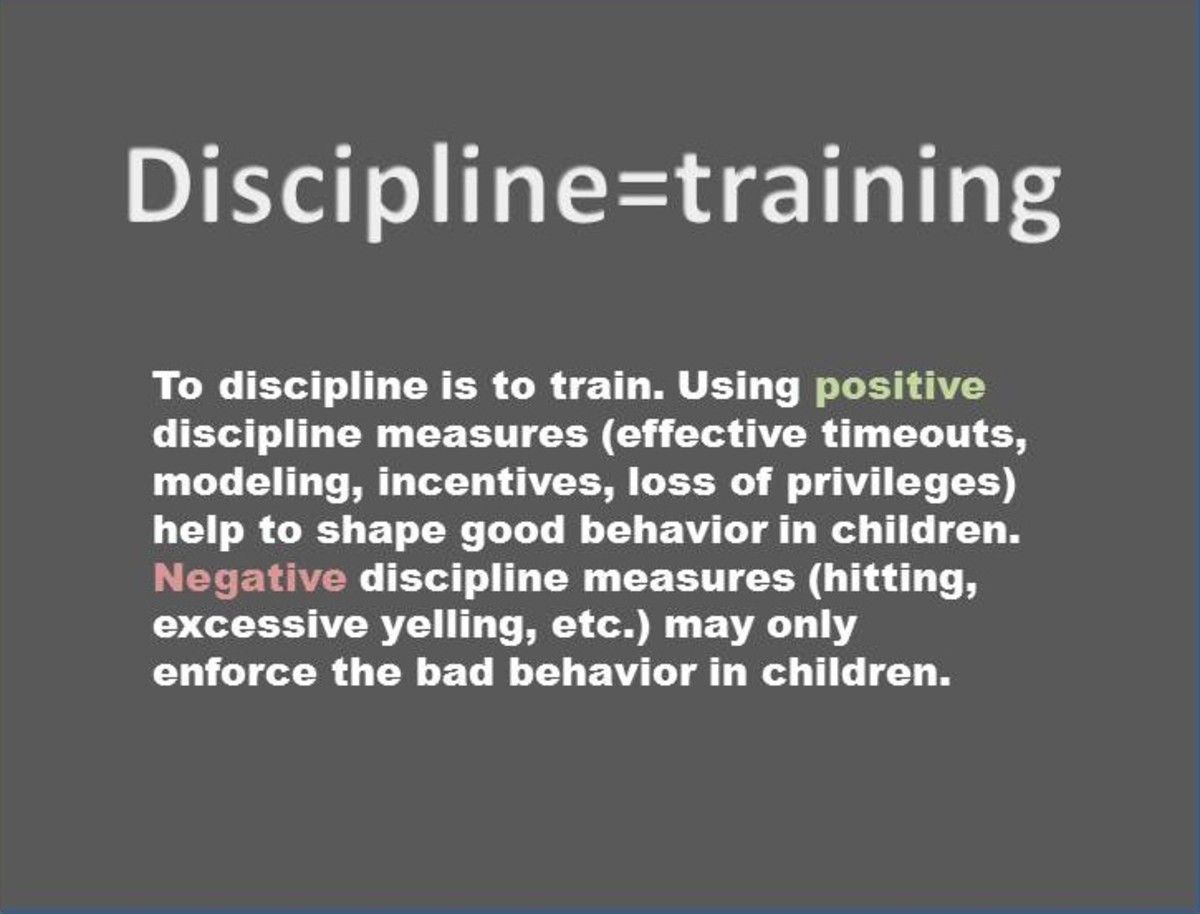Changing Negative Patterns of Interaction in Your Family

Parenting Tips
All families get into certain patterns of how they engage each other on a daily basis, and how they engage each other over very important issues. This engagement can be very subtle and start with just a word, a sentence, a glance, or even just a body posturing. An impartial observer who is trained in human behavior and family therapy will be able to see how the engagement and following interactions take on a clear pattern.
If you are like most people, you have come to realize that in your family, some subjects seem to keep coming up, and every time that they do, the same arguments seem to start (and end up in the same hurt feelings). That is a negative pattern of engagement. But how does this happen, even when you don’t want it to?
People tend to do what works. Initially, if the way we approach and engage a person seems to work, we use the approach and engagement again. Then again. Then again. It might really work at first, but later it becomes stale. Then it becomes completely worthless. Then it becomes destructive. (Think about shouting: it might work at first, but then over time, the child gets ‘deaf’, then irritated, then angry, then aggressive back). But we keep doing it the same way. That’s due to two reasons. One, human beings are creatures of great habit. Secondly, when we use an approach and engagement style for a long time, we kind of become blind to seeing any other way of approaching and engaging. This is especially true with people who are close to us, like our family.
In most cases, more than one person is involved in engagement patterns. Often, there are at least three people involved. For example, two children begin to have a difference of opinion, and one child (usually the same child each time) approaches an adult in the house. Then perhaps, the first adult goes to consult the second adult, and the adults may then disagree about what to do about the children. If the first adult, for example, hands off the decision of what to do about the children to the second adult, the children can begin to see the first adult as ineffective. The second adult may begin to resent the first adult as incompetent. This pattern may repeat many thousands of times, each time making the people more and more unhappy and reinforcing the image of each person as problematic, incompetent, too aggressive, etc. Furthermore, the participants are not even aware that the basic problem is not the children’s disagreement, but the negative pattern of engagement!
Over time, the repeated pattern creates limitations on how family members think of each other. For example, the child who is clingy and dependent may be seen as not able to mature. Once a family has each member labeled, the labels are reinforced, making the pattern even more entrenched and “stuck”.
How to get unstuck? Well, a therapist is supposed to help that (if the therapist is assigned to the whole family and not just to one person who is designated as the “sick one”. A good therapist is able to assertively but gently unbalance the way that a family sees themselves as a family and as individuals. Once a family member can see their potential to approach and engage others differently, the “stuck-ness” begins to get better.
Both not everyone has access to a therapist who is skilled in this way, available, and affordable. That does not mean that a family cannot change the way that they approach and engage each other, it just means that they will have to do the work on their own (it’s harder, but not impossible). Individuals in families can examine (by paying close attention) each approach and interaction that they have with other family members to study if there is a ‘predictable-ness’ to the exchange. If there is (especially in problem areas), the individual can focus hard on changing the way that they approach and engage the other family member. In most cases, you can at least recognize when hostility is present, and simply work hard at being gentler and kinder in your approach and engagement.






